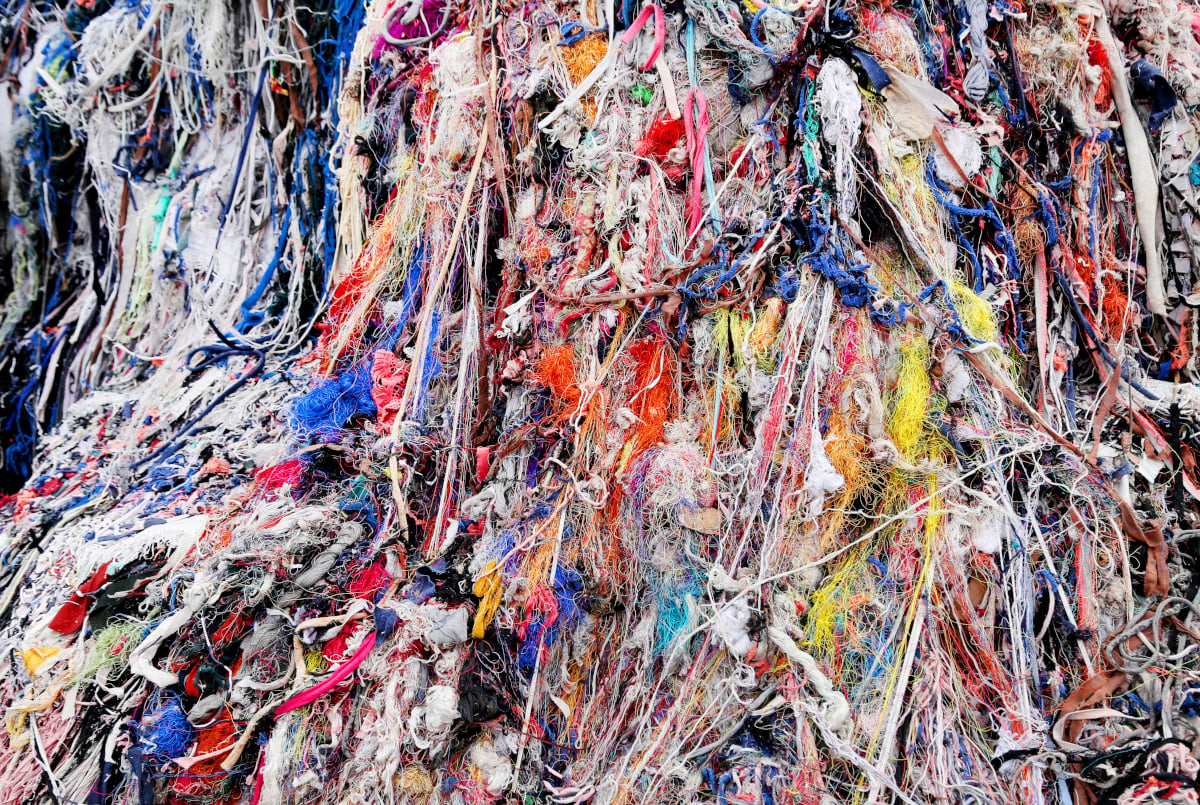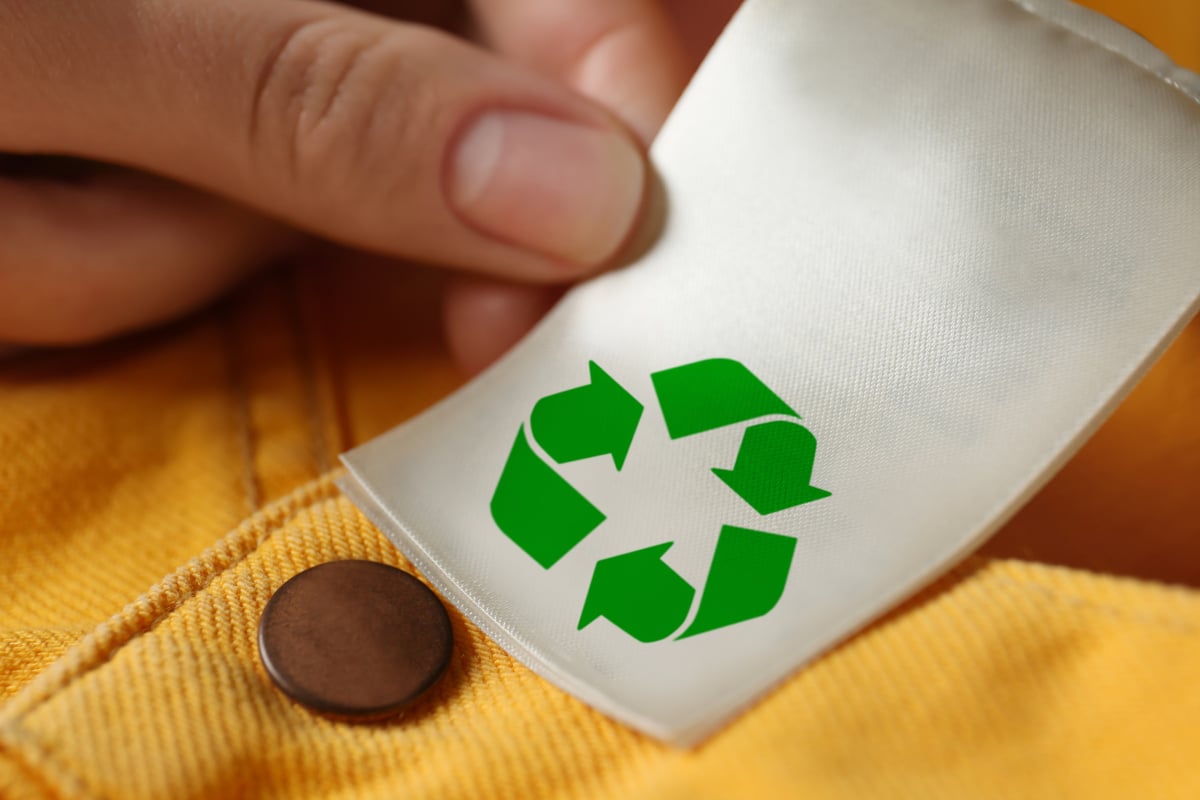Textiles have been recycled since the eighteenth century when the Napoleonic War caused virgin wool shortages and required that wool fibers be garneted into new yarns. Today, the market for recycled textile fibers continues to evolve rapidly and it is becoming more crucial to develop reliable automated processes to keep up with the amount of textiles waste that needs recycling.
Textile and waste at the manufacturing level are considered pre-consumer waste and are easier to recycle because the fibers, dyes, and finishes are known. Post-consumer waste is of unknown origin and varies in quality and condition, making it more difficult to recycle. Ongoing research focuses on the problem of processing used, mixed fibers.
This is where Senorics comes into the picture: Is there a way to sort textiles, especially post-consumer waste, more accurately? How can our technology contribute to a more efficient recycling process?
Let’s dive into the article and see whether we can find the answers to these questions.
 © [Swapan] / Adobe Stock
© [Swapan] / Adobe Stock
Methods of textile recycling
Currently textiles are recycled either through mechanical or chemical processes.
Mechanical processing is the most commonly used technique to recycle textiles. Cotton can be recycled through mechanical means after separating it from different materials. Another commonly used material in mechanical processing is polyester. However, in this case, the recycled materials are not polyester textiles, but plastic bottles. Similar to cotton, the PET plastic is shredded into slices and washed to remove contaminants. The dried, shredded plastic is molded into PET pellets and undergoes extrusion to create new fibers.
Chemical processing is typically used on synthetic fibers such as Polyethylene terephthalate (PET) as these fibers can undergo a breaking down and recreation process. This process is not yet widely used, but there are companies that are researching and implementing chemical recycling. Unlike the mechanical method of recycling, chemical recycling produces high-quality fibers similar to the virgin fiber used.
How can Senorics contribute towards more efficient recycling processes?
At Senorics we develop solutions to identify and quantify textiles more easily. You can read more about how this is done and in which situations it is beneficial in this article.
Our SenoCorder enables you to determine textile compositions quickly and easily, for examples it can tell you whether a fabric is made from cotton, polyester, silk, or wool. It can even tell you the percentage of each fiber present in the textile, for example 20% cotton and 80% polyester.
This ability can be utilized to sort textiles more precisely and ultimately improve the recycling process. Textiles, especially post-consumer textiles, can be pre-sorted and recycled based on their exact composition rather than creating more unidentifiable waste or recycling them incorrectly.
 © [New Africa] / Adobe Stock
© [New Africa] / Adobe Stock
Due to the growing amount of textile waste, the recycling industry is on the verge of change and Senorics is only one of many innovative companies that is trying to develop solutions and technologies to make textile recycling more efficient and sustainable.
What do you think, how should we face the increasing demand for fast and reliable recycling processes?
Take a look at this video on our YouTube channel to get a better idea of how the SenoCorder identifies textiles within only a few seconds.




